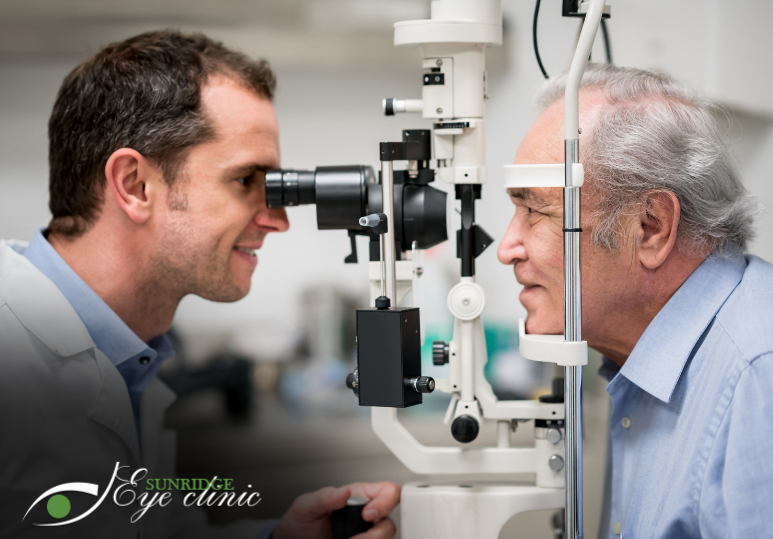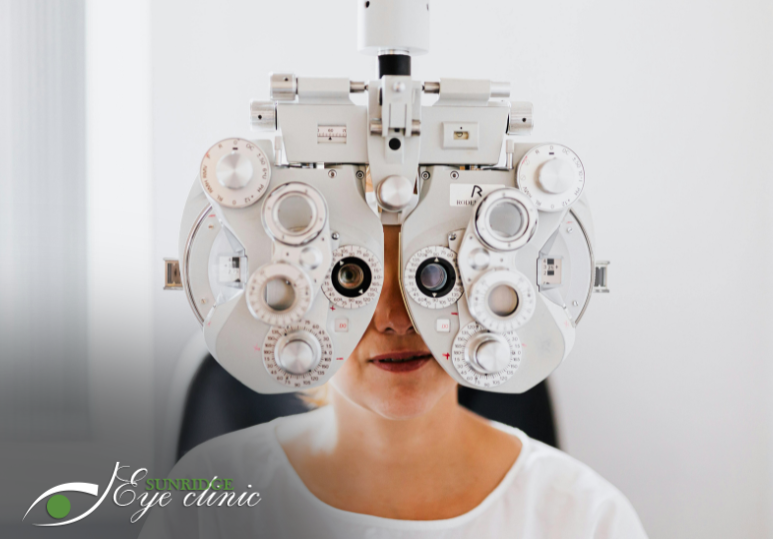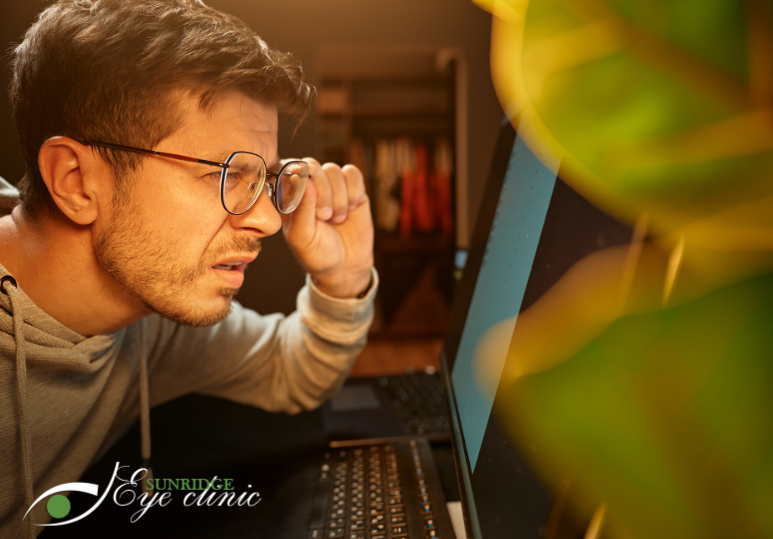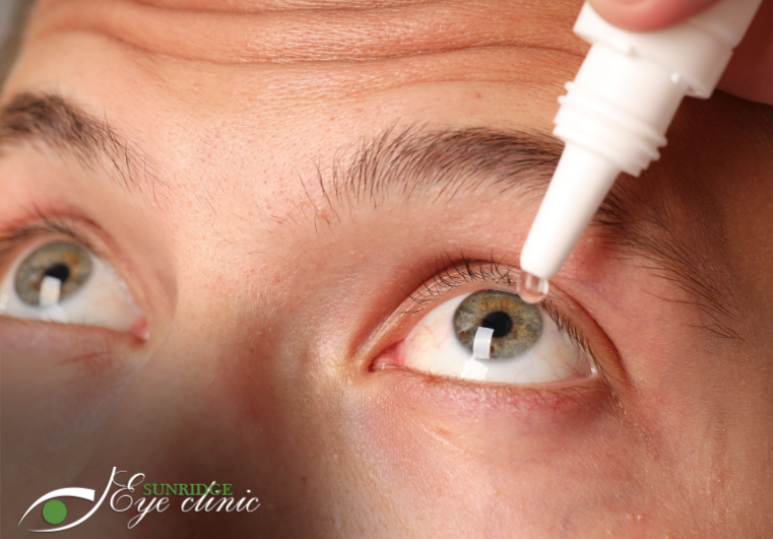May marks Healthy Vision Month, a time dedicated to raising awareness about eye health and encouraging practices that support lifelong vision wellness. At Sunridge Eye Clinic, we understand the importance of maintaining good eye health, not just for clear vision but for overall quality of life. This month, we join the global community in emphasizing the significance of regular eye care and preventive measures to ensure healthy eyesight.
Sunridge Eye Clinic is committed to providing comprehensive eye care services that cater to the unique needs of our patients. Our team of experienced professionals is dedicated to educating and empowering individuals to take proactive steps toward maintaining and enhancing their vision. Recognizing Healthy Vision Month, we aim to highlight the critical aspects of eye health management and the latest advancements in eye care.
The Importance of Regular Eye Exams
Regular eye examinations are pivotal in maintaining healthy vision. These exams not only assess your vision but also allow for the early detection of eye diseases and conditions, many of which can be managed or treated effectively if caught early. Sunridge Eye Clinic recommends annual eye exams for most individuals, with more frequent exams for those with existing eye conditions or risk factors.
Protecting Your Eyes from UV Damage
Ultraviolet (UV) rays from the sun can cause significant damage to your eyes, leading to conditions such as cataracts and macular degeneration. Wearing sunglasses with 100% UVA and UVB protection is a simple yet effective way to protect your eyes from harmful rays. We offer a wide selection of protective eyewear to fit every style and preference.
Nutrition and Eye Health
A balanced diet is essential for eye health. Nutrients like omega-3 fatty acids, lutein, zinc, and vitamins C and E are known to support eye health and reduce the risk of age-related eye diseases. Sunridge Eye Clinic provides nutritional counseling to help patients incorporate these vital nutrients into their diets, supporting overall eye wellness.
Managing Screen Time to Prevent Eye Strain
In today’s digital age, prolonged screen time can lead to digital eye strain, characterized by dry eyes, blurred vision, and headaches. We advocate for the 20-20-20 rule: every 20 minutes, take a 20-second break to look at something 20 feet away. Additionally, we offer solutions such as computer glasses designed to reduce eye strain associated with digital device use.
Healthy Vision Month serves as a crucial reminder of the importance of eye health in our overall well-being. At Sunridge Eye Clinic, we are dedicated to advancing eye care through education, prevention, and cutting-edge treatments. We encourage everyone to take this opportunity to prioritize their vision by scheduling regular eye exams, protecting their eyes from UV rays, eating a nutrient-rich diet, and managing screen time effectively. Together, we can work towards a future where everyone enjoys the benefits of healthy vision for life.
Written on behalf of Sunridge Eye Clinic.
FAQs
Q: How can I protect my eyes from UV damage?
A: Protecting your eyes from UV damage is simple but essential. Wearing sunglasses with 100% UVA and UVB protection shields your eyes from harmful rays that can lead to cataracts and macular degeneration. Sunridge Eye Clinic offers a variety of protective eyewear options to suit every style and preference.
Q: What foods are good for eye health?
A: A diet rich in omega-3 fatty acids, lutein, zinc, and vitamins C and E can significantly support eye health. These nutrients, found in leafy green vegetables, fish, nuts, and fruits, can help reduce the risk of age-related eye diseases. Our clinic provides nutritional counseling to help incorporate these important nutrients into your diet.
Q: How can I prevent eye strain from screen use?
A: To prevent digital eye strain, we recommend following the 20-20-20 rule: every 20 minutes, take a 20-second break to look at something 20 feet away. Additionally, consider using computer glasses or screen filters designed to reduce glare and blue light exposure, which can contribute to eye strain.






